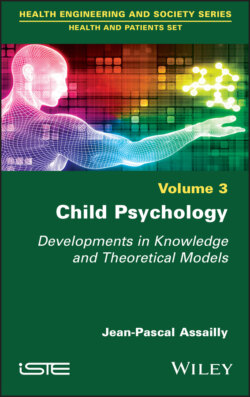Читать книгу Child Psychology - Jean-Pascal Assailly - Страница 64
2
The Fetus and Fetal Life 2.1. Conception and medically assisted procreation: children born through medically assisted procreation
ОглавлениеIn order for a child to be born, there must first be procreation. Since the beginning of the 1980s, medically assisted procreation (MAP) has become increasingly frequent: in 2018, more than 25,000 births, or 1 child in every 30 (which is still modest compared to the 800,000 annual births in France), were conceived by MAP (IVF, DAI1). This increase in recourse to MAP could be explained in part by an alteration in fertility. Studies point in particular to smoking, obesity, sexually transmitted diseases and endocrine disruptors.
With regard to testicular dysgenesis syndrome (TDS), studies have observed an overall change in male reproductive health, probably since the 1970s, consistent with the sperm quality data observed internationally.
These trends appear to be more consistent with environmental changes (such as increased ubiquitous exposure to endocrine disruptors since the 1950s and increased female smoking) than with genetic variations in the French population.
Following up on the health of these children could constitute a major public health issue since the follow-up of the infants reveals increased perinatal complications (prematurity, hypotrophy and neonatal mortality) and an increased risk of congenital anomalies (cardiovascular, metabolic or urogenital system) compared to naturally conceived children.
However, many confounding factors exist, such as multiple pregnancies. There is an increase in birth weight after frozen embryo transfer compared with fresh transfer, an increase in epigenetic diseases and certain solid tumors among children conceived by MAP, regardless of whether the IVF or ICSI techniques are used. However, the absolute risks remain moderate and the prevalence of these pathologies remains low.
After adjusting for confounding factors, the data is reassuring, with statureweight, cognitive and psychomotor development equivalent to that of naturally conceived children. It would seem that the occurrence of chronic pathologies in adulthood can be attributed to an embryo-fetal origin, hence the need for long-term follow-up of these children, who are still under-studied, as well as the investigation into the causes of these observations. In this context, the information from couples initiating MAP treatment on the risks for the unborn child must be a major concern.
